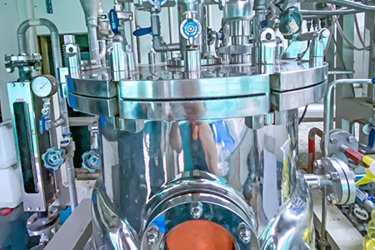Smoothing The Transition: Liquid, Dry Powdered Media, And Advanced Granular Technologies

Formulating a cell culture medium that supports your cells to produce a high-quality biologic in the greatest yield is an essential part of the R&D process. When progressing through clinical stages, choosing the optimal format for scale-up is critical. The use of liquid media is often economical and appropriate at the R&D scale. However, as you scale up, the cost of storing or outsourcing bulk process liquids must also be considered. Dry powdered media (DPM) are currently the most popular choice for large-scale production perhaps because of reduced footprint required to store DPM, leaving more facility space to manufacture and store your valuable biologic. However, DPM requires additional preparation, including weighing, hydration, and mixing, as well as adjustment of pH and osmolality upon reconstitution.
Both liquid media and DPM present advantages and disadvantages that create an opportunity in the workflow for a format with the economic benefits of a powder and the expediency of a liquid. It is important to assess the format that is most suitable for the current and future needs of your process by considering scalability, cost-effectiveness, and convenience.
Get unlimited access to:
Enter your credentials below to log in. Not yet a member of Bioprocess Online? Subscribe today.
